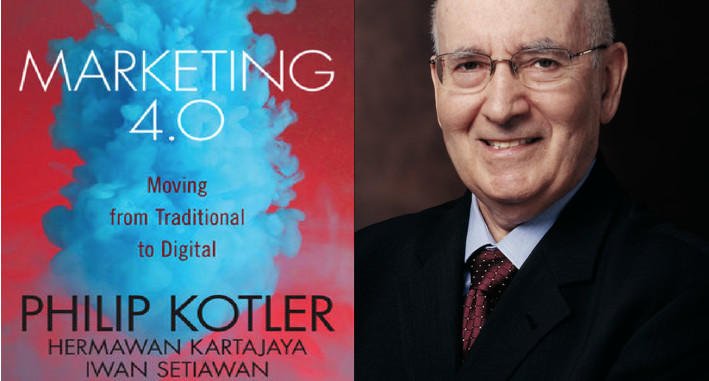If you’ve ever found yourself caught in a whirlwind of emotions, stuck in a loop of “what ifs,” or acting impulsively only to regret it later, then Dr. Steve Peters’ The Chimp Paradox might just be the guide you didn’t know you needed. This book takes us on a journey into our minds, revealing why we sometimes feel as though a wild animal has taken over our thoughts and actions. Spoiler: it’s because one has. Peters introduces us to our “inner Chimp,” and understanding it could be the secret to a happier, more successful life.
Who—or What—Is the Chimp?
According to Dr. Peters, the Chimp is an emotional part of our mind. It’s an instinctual, primal aspect of ourselves that reacts quickly and strongly. It’s not “good” or “bad”; it simply is. Much like an untrained animal, it’s prone to overreactions, fears, and “catastrophic” thinking, leading us to feel anxious or overwhelmed. Peters describes the mind as being made up of three parts: the Chimp, the Human, and the Computer.
- The Chimp – Our emotional, instinctual side that often operates on feelings, impressions, and gut reactions.
- The Human – The logical, rational side of ourselves that wants to operate in a reasonable, structured way.
- The Computer – A storage area where we save habits, memories, and behaviors—essentially our mental autopilot.
These parts work together, but they often clash. When you’re calm, your Human is in charge, thinking things through logically. But when emotions run high, the Chimp has a way of hijacking the situation, leading us to react in ways we might regret.
Training Your Chimp: The Power of Self-Management
Dr. Peters uses the analogy of “Chimp Management,” much like you would train a pet. Imagine if you adopted a dog—you wouldn’t expect it to naturally follow rules or behave perfectly from day one. Instead, you’d guide it, setting boundaries and rewarding positive behavior. Similarly, the Chimp isn’t something you control through brute force; it’s something you learn to manage by giving it structure and a “fenced compound” to express itself safely.
For example, when you feel anxious or indecisive, Peters suggests recognizing that your Chimp is reacting emotionally and possibly catastrophizing the situation. Instead of wrestling with it (which only makes the Chimp fight harder), try acknowledging its concerns and providing logical reassurances. He calls this “Boxing the Chimp,” where you calmly and methodically address your emotions using facts, truth, and reason.
Why Logical Thinking Isn’t Always Enough
Ever notice that when you’re upset, logical thinking sometimes flies out the window? The Chimp has a way of overriding our Human, often shouting in our minds with “What if?” questions: “What if I fail?” or “What if this goes wrong?” It’s easy to see how the Chimp’s worry can spiral into full-blown anxiety. Peters explains that this is because the Chimp interprets first, detecting potential threats before the Human has a chance to calmly evaluate the situation.
The Chimp’s fight, flight, or freeze instinct is part of a natural survival mechanism shared across the animal kingdom. It’s fast and reactive, while logical thinking takes time and perspective. Learning to recognize this instinctual response for what it is—a “survival reflex”—is key to calming your mind and allowing your Human to step back in.
Getting to Know Your Inner Team
One of the book’s strengths is how it reframes self-improvement as teamwork within yourself. Peters suggests picturing your mind as a society, where your Chimp, Human, and Computer each have distinct roles. Your Human thinks in terms of fairness and ethics, making decisions based on values and long-term plans. Meanwhile, the Chimp is focused on survival, interpreting things in black-and-white terms and often reacting emotionally.
Your Computer, meanwhile, serves as a powerful “storage area” that holds habits and helpful thought patterns. Peters explains that the Computer is incredibly fast, acting as a reference point that both the Chimp and the Human look to for guidance. By programming your Computer with “autopilots”—healthy habits and realistic thoughts—you create mental shortcuts to guide your reactions more effectively.
Creating a Peaceful Inner World
What truly stands out in The Chimp Paradox is Peters’ emphasis on creating a stable internal environment. This “Stone of Life,” as he calls it, is a personal belief system that helps ground us. With core truths like “Life is not fair,” “Everything that happens will pass,” and “It’s how you deal with things that matters,” the Stone of Life is a foundation that supports both your Chimp and Human, helping them coexist peacefully.
Practical Techniques for Taming Your Inner Chimp
Peters equips readers with real tools, from “exercising” the Chimp by venting emotions in private to “boxing” it with logical reasoning. He also introduces “Exercise, Box, and Bananas” as a way to manage stress and setbacks. Essentially, rather than fighting the Chimp, you work with it, allowing it to express itself while guiding it back on track. And instead of using willpower (which only exhausts the Human), Peters suggests breaking down issues into smaller steps, finding constructive ways to process frustration, and laughing at yourself—a skill that Peters considers essential.
Beyond Self-Management: Improving Relationships
The principles in The Chimp Paradox extend beyond personal growth to enhancing relationships. Peters explores “The Square of Communication,” where timing, place, agenda, and tone all contribute to successful interactions. He emphasizes understanding the Chimps in others, setting realistic expectations, and practicing empathy, especially during conflict. Rather than expecting others to change, he recommends accepting people as they are—giving room for both their Human and Chimp.
Final Thoughts: Embracing the Paradox
At its core, The Chimp Paradox is a refreshing take on emotional intelligence. It doesn’t offer a one-time solution but instead provides a sustainable approach to managing emotions and achieving personal goals. Dr. Peters’ methods are not only practical but also forgiving, reminding us that everyone has an inner Chimp—and that’s okay. Learning to embrace this part of ourselves, with all its quirks and anxieties, is a stepping stone to becoming a more resilient, balanced, and fulfilled person.
Whether you’re looking to improve relationships, reduce stress, or simply understand yourself better, The Chimp Paradox offers a map to navigate your mind’s complexities. So, the next time your inner Chimp threatens to hijack your day, remember: it’s a part of you, but it doesn’t have to define you. With a little patience and the right tools, you can create an inner environment where your Human and Chimp coexist—and thrive.








